13 Comic Book Collecting Myths Debunked
Comic book collecting has long been shrouded in myths and misconceptions, making it challenging for newcomers to know where to begin. From misconceptions about which comics are valuable to misunderstandings about how to properly store them, these myths can confuse even the most dedicated fans. In this article, we will debunk some of the most common myths about comic book collecting. Whether you’re a seasoned collector or just starting, understanding these truths will help you make better decisions. Collecting comics is about more than just following trends—it’s about enjoying the stories and art while learning about the market. By clearing up these misconceptions, we hope to make the world of comic book collecting a little easier to navigate.
This post may contain affiliate links, which helps keep this content free. Please read our disclosure for more info.
Comic Book Condition Is All That Matters

One common misconception is that the condition of a comic book is the only thing that determines its value. While the condition does play a role, there are other factors like rarity, significance, and demand. Collectors often focus too much on whether a book is in mint condition, when a lower-grade book of historical importance or a key storyline can be worth much more. Key appearances of characters, especially first appearances, often outshine mere condition.
It is important to look at the overall picture when valuing a comic book. Some older issues that are harder to find may still hold great value, even if they are not in perfect condition. Condition is just one part of the equation, and collectors should keep in mind the broader context when considering their purchases.
Only Golden and Silver Age Comics Are Valuable
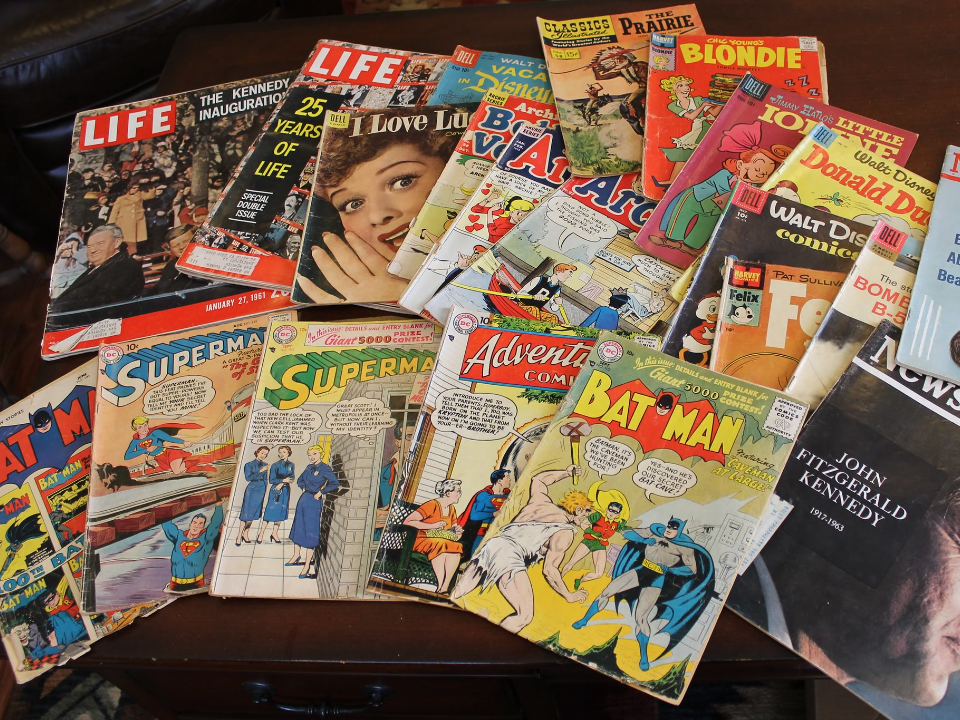
Many people believe that only comics from the Golden and Silver Ages hold any real value. While these eras are home to some of the most well-known and iconic characters, valuable comics can come from any time period. Modern comics, particularly those tied to significant events or first appearances, can also fetch high prices.
For example, comics from the 1990s and 2000s have seen a surge in value, especially with the rise in popularity of certain storylines or character reboots. There are modern comics, such as variants or limited editions, that are highly sought after. Age is important, but so is the context of the comic’s impact on the industry or fanbase.
First Editions Are Always Worth More

Many collectors assume that the first edition of any comic book is automatically worth more than its later printings. While first editions are important, the overall demand for the book plays a major role in its price. First editions of less popular characters or stories may not see the same value increase as later editions of more iconic issues.
It is essential to remember that the popularity of a character or storyline often outweighs the first edition status. In some cases, reprints or special editions may be more valuable if they include unique content like alternate covers or additional storylines. Collectors should focus on the full context of the comic rather than just the edition number.
All Rare Comics Are Expensive
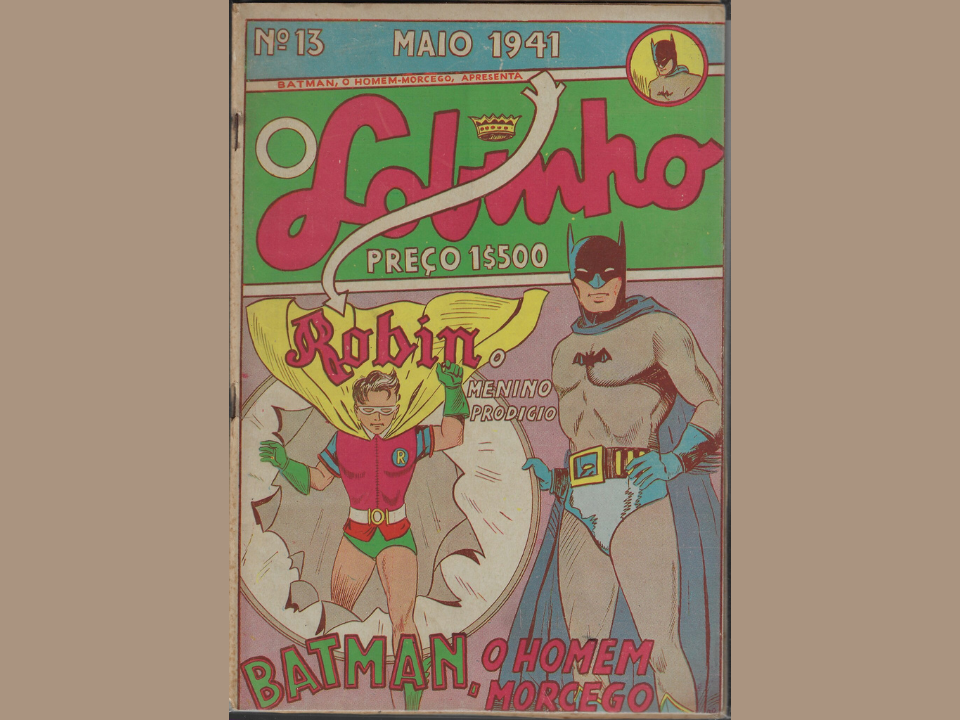
A rare comic is often thought to be synonymous with an expensive comic. However, rarity alone does not guarantee high prices. The demand for a particular comic is what often determines its value. A rare comic that is not sought after by collectors or the fanbase will not have the same value as a more widely popular book that is in high demand.
The rarity factor becomes much more important when paired with high demand. For instance, comics tied to big events or movies, or those with major character developments, tend to see higher prices. It is the combination of rarity and demand that truly drives value, not rarity in isolation.
All Comics Will Increase in Value Over Time
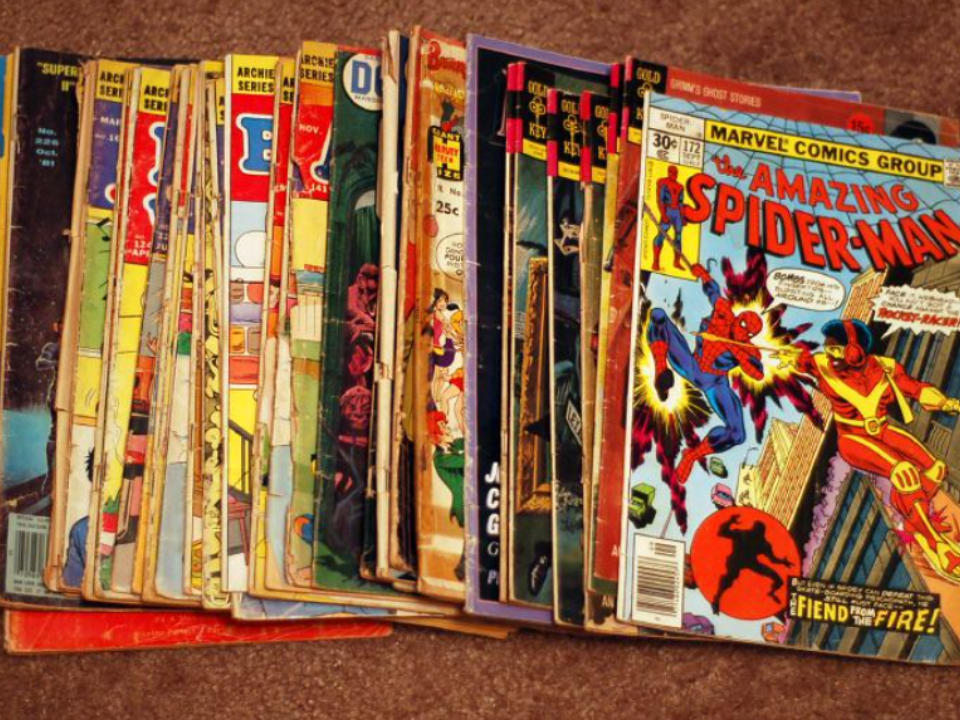
It is a common belief that every comic book will appreciate in value over time, but this is far from true. Many comics do not see any significant increase in value and may even lose their worth due to shifts in demand. Popularity in comics can fluctuate, and certain runs or storylines that once seemed promising may not maintain their appeal long-term.
While some comics become highly valuable over time, others may remain in obscurity. The key is understanding which comics have lasting value based on current trends, fan interest, and historical significance. Collecting comics as an investment can be unpredictable, and it is important to be informed about the market trends.
You Have to Be an Expert to Start Collecting

Many newcomers to comic book collecting are intimidated by the idea that they need to have deep expertise to start. In reality, comic book collecting is accessible to people of all knowledge levels. Starting a collection can be as simple as following your interests and enjoying the stories and characters you love.
There are many resources available to help beginners get started, such as guides, comic book shops, and online forums. These communities can offer advice and recommendations, making the learning process easier for new collectors. You do not need to be an expert; you just need a passion for comics.
All Comics Need to Be Graded to Be Valuable
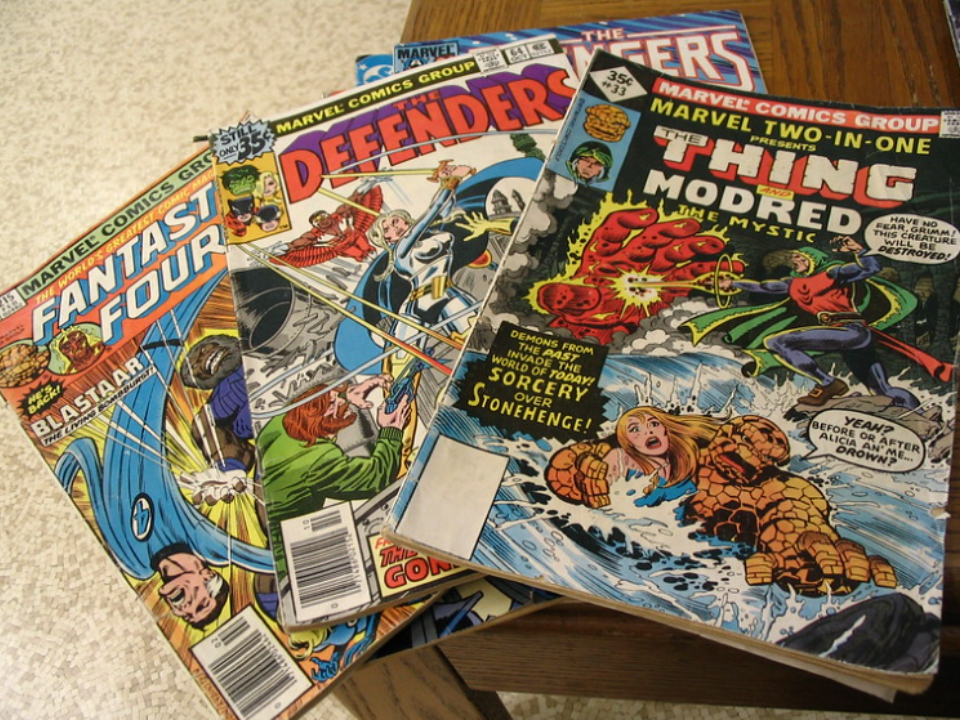
Grading is often considered essential to determining a comic’s value, but not every comic requires professional grading. While grading can give you a precise indication of a comic’s condition, it is not necessary for all comics, especially those that are more affordable or have no market demand. Many collectors enjoy comics in various grades without worrying about whether they are officially graded.
For some collectors, the joy comes from reading and appreciating the art and stories of comics rather than focusing solely on their condition. It is also worth noting that grading can be expensive, and for a comic with limited value, it may not be worth the cost. Buying ungraded comics is a practical way for collectors to build their collections without the added expense of grading.
Comics Are Just for Kids

One of the most persistent myths is that comics are primarily for children. While many comics have been geared toward younger audiences, the medium has grown to include stories for adults as well. Comics today cover a wide range of genres, including drama, horror, fantasy, and political satire, making them appealing to readers of all ages.
Adult themes and more mature storylines have become prominent in the comic book world, with publishers like Marvel and DC creating content that appeals to a broader audience. The art form is no longer confined to just superhero tales; graphic novels and indie comics offer sophisticated narratives that attract adult readers. Comics are truly for anyone who appreciates storytelling and art.
Collecting Comics Is a Quick Way to Make Money

Some collectors view comics as a get-rich-quick investment, but this myth overlooks the complexities of the comic book market. While some comics do indeed gain significant value, making money from comics is not a guaranteed or fast process. It requires careful research, timing, and a good understanding of the market.
The comic book industry can be unpredictable, with prices fluctuating based on trends, movie adaptations, and changing fan preferences. Successful collectors are those who have a deep passion for comics and take the time to educate themselves rather than relying on the idea of instant profits. Comic collecting is best approached as a hobby or long-term investment rather than a fast way to make money.
Older Comics Are Always More Valuable
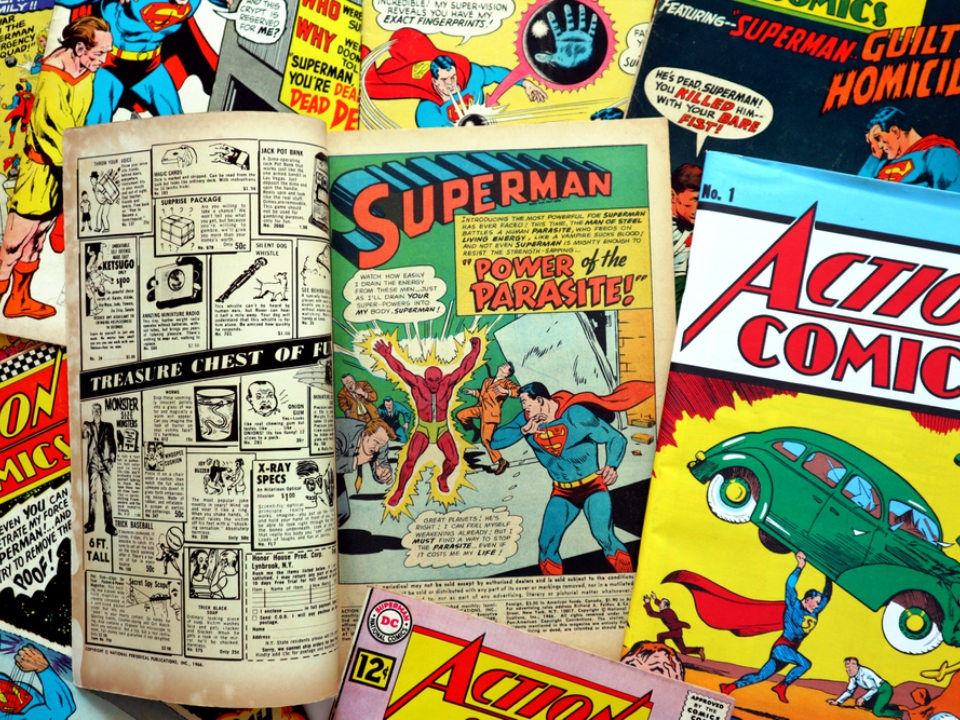
While older comics can sometimes hold more value due to rarity, age alone does not automatically translate into higher worth. Many older comics may not have the same demand or cultural significance as newer issues. For example, a comic from the 1940s may not be as valuable as a more recent comic with a major character debut or storyline.
The value of a comic depends on factors such as character importance, storyline relevance, and overall popularity, not just its age. Some newer comics that feature groundbreaking events or major shifts in a character’s arc can be worth much more than older issues. When it comes to comic book collecting, age is just one of many factors to consider.
All Comics Should Be Stored in Plastic Sleeves

Storing comics in plastic sleeves is widely considered the best practice for preservation, but this is not always necessary. For comics that are meant to be read and enjoyed, such strict preservation methods may not be required. However, for more valuable comics, storing them properly can help protect them from wear and tear.
When deciding how to store comics, it is important to consider their value and your own intentions. If you are keeping comics as part of a valuable collection, using acid-free bags and boards can help preserve their condition. For casual collectors who do not mind a bit of wear, simple storage methods may be sufficient.
The More Comics You Own, the More Valuable Your Collection
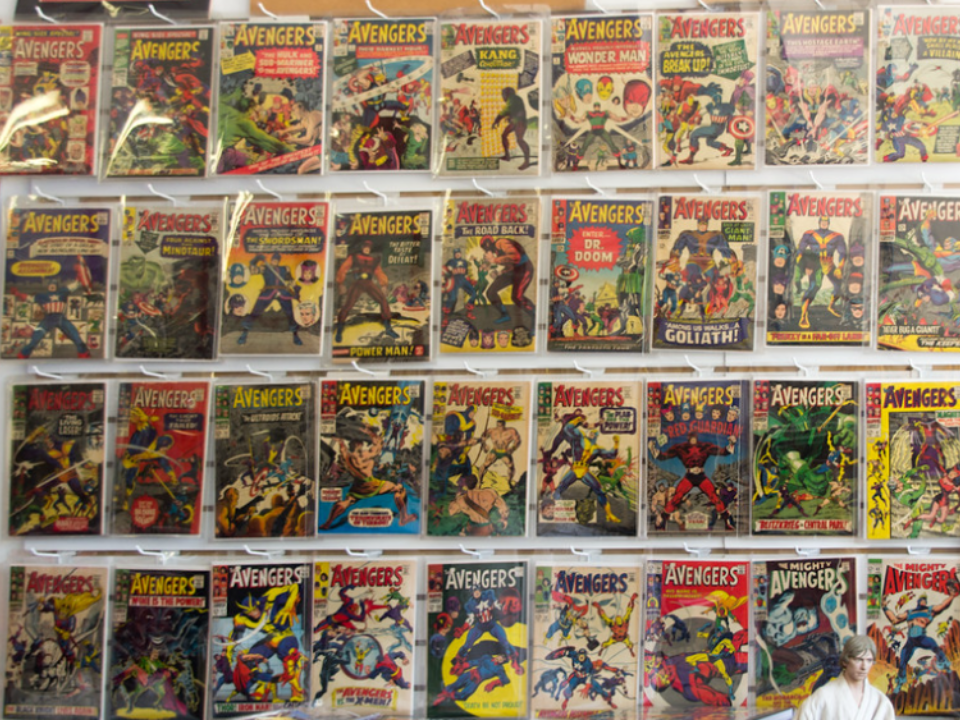
While having a large collection of comics might seem like it automatically increases the value, it is not necessarily true. The value of a collection is determined by the individual comics and their significance, not just the number of issues. A smaller collection of key issues may be worth far more than a large collection of less significant comics.
It is better to focus on quality rather than quantity when building a comic collection. Collecting specific issues tied to major storylines, character appearances, or first editions will likely yield a more valuable collection than simply amassing random comics. A well-curated collection often outshines a large, haphazard one.
Comic Book Collecting Is Only About Superheroes
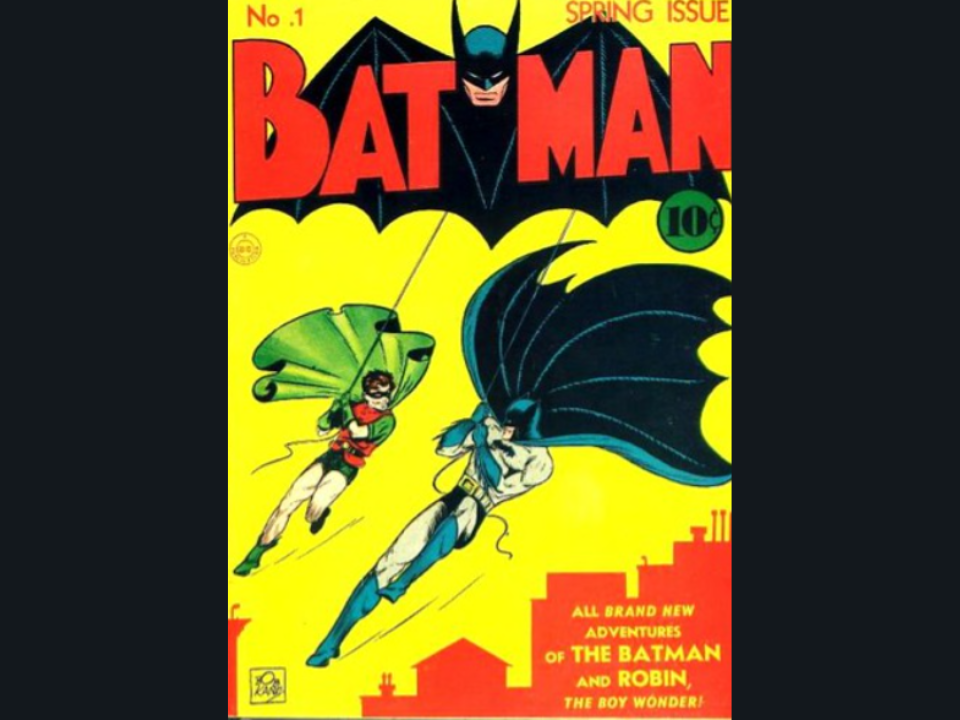
Another myth about comic book collecting is that it is only about superhero comics. While superhero comics are certainly popular, they are far from the only genre that holds value. There are a wide variety of genres, including horror, science fiction, romance, and fantasy, that have produced valuable comics over the years.
Graphic novels and indie comics have grown in popularity, with many books attracting a devoted following. These non-superhero comics often explore complex themes and offer unique artistic styles. As a collector, you are not limited to superhero comics—there are countless other genres that can be just as rewarding to collect.
This article originally appeared on Avocadu.
